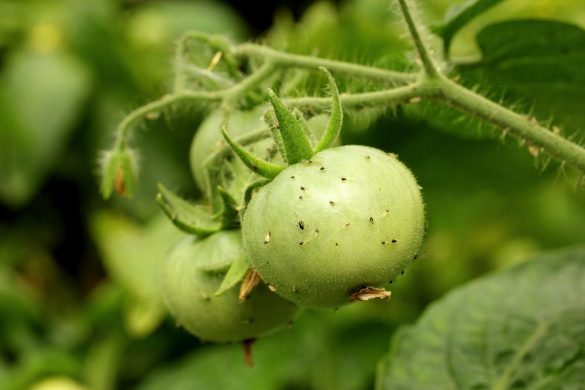Welcome to Home & Garden magazine, your ultimate destination for creating a beautiful, comfortable, and serene living space. At Gildshire.com, we invite you to explore inspiring ideas, practical tips, and expert advice to make your dream home a reality.
Home & Garden magazine is your trusted companion for interior design, home decor, landscaping, and gardening. Discover tips and inspiration to reflect your personal style and nurture your well-being.
Step into the world of interior design, showcasing trends, concepts, and styles. From minimalism to rustic charm, we offer insights for harmonious spaces that blend aesthetics with functionality. Find tips for optimization, furniture arrangement, color palettes, and more.
Immerse yourself in the art of home decor and infuse personality into your space. From curated collections to DIY projects, we inspire you to create a home that truly feels like you.
Explore landscaping and gardening, transforming your outdoor space into a serene oasis. From lush gardens to outdoor entertainment areas, we offer practical tips for every gardening level.
Discover innovative home improvement ideas, from smart technology to eco-friendly practices. Stay updated on the latest innovations that enhance your living environment and reduce your ecological footprint.
Whether you’re a homeowner, renter, or passionate about creating beautiful spaces, Home & Garden magazine at Gildshire.com is your guide. Explore tips, ideas, and inspiration to transform your space. Start your journey today and let Home & Garden magazine be your source of inspiration for your home.
























